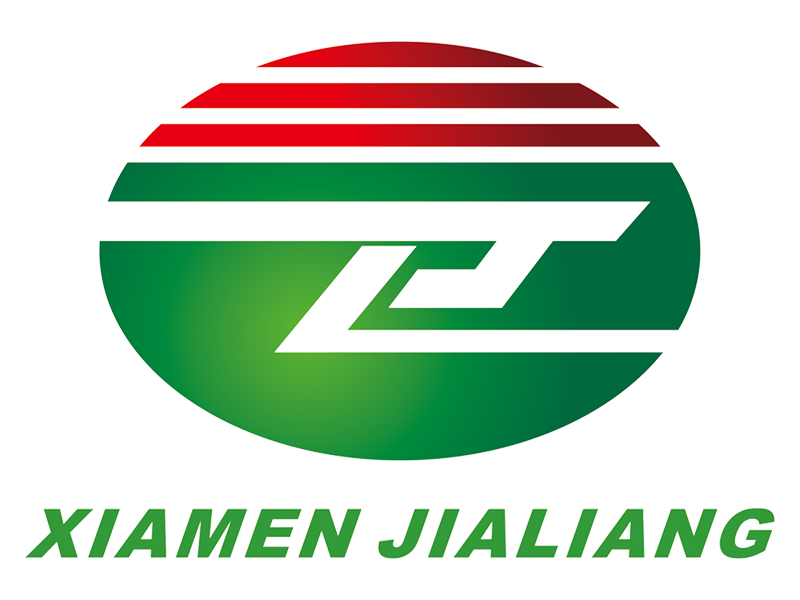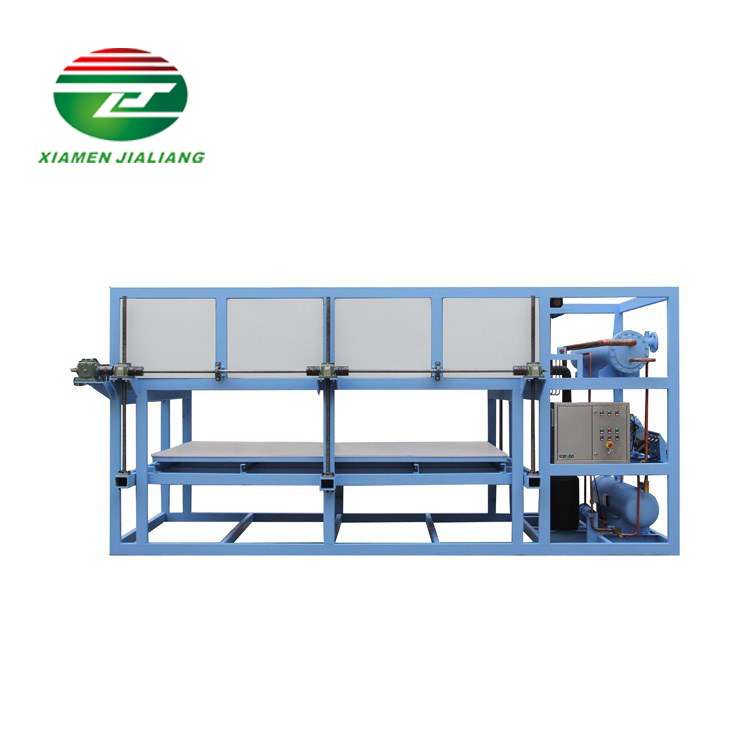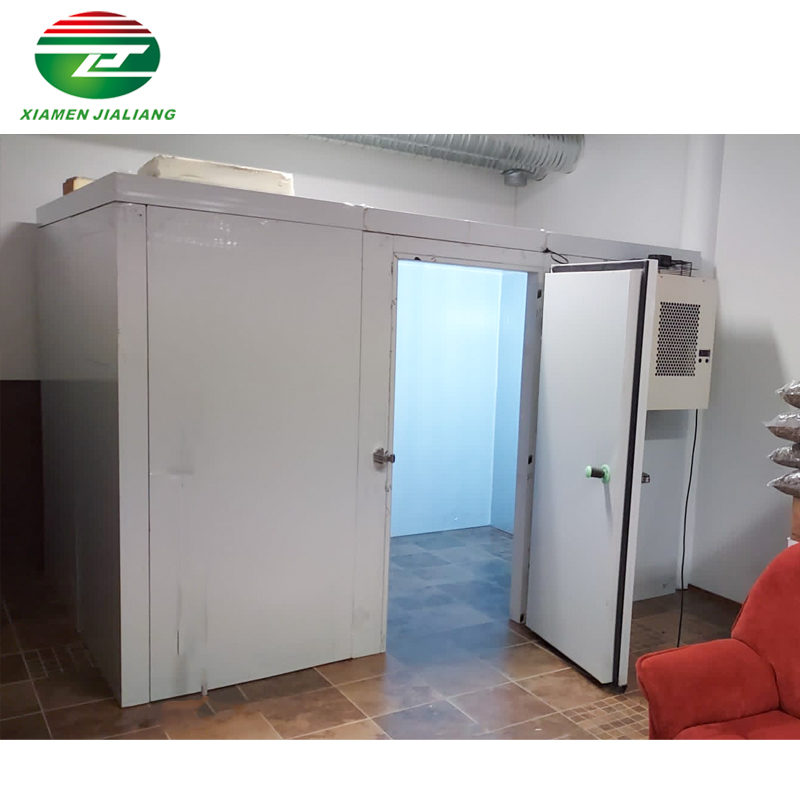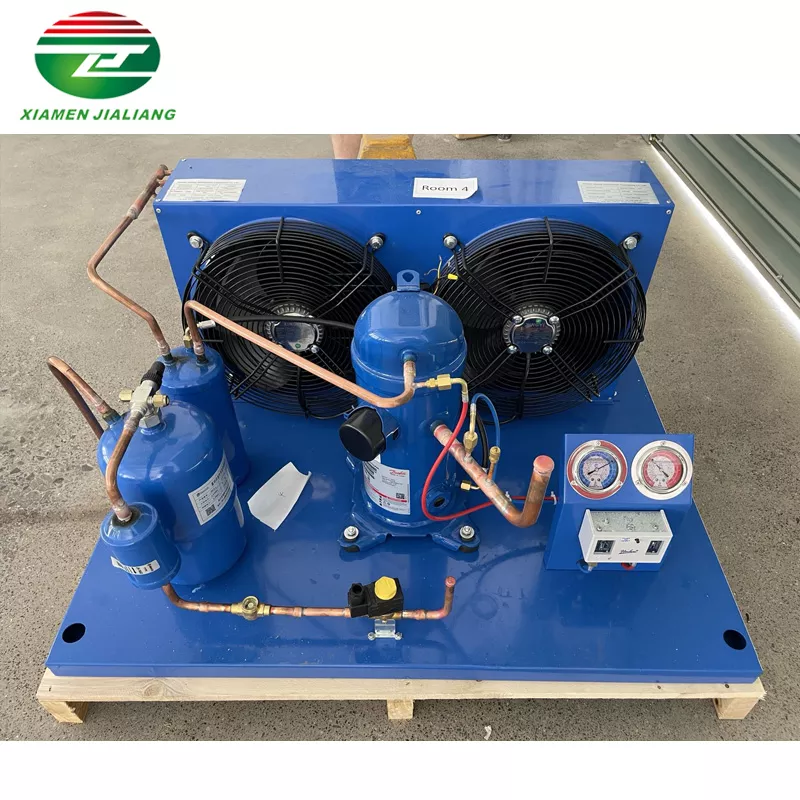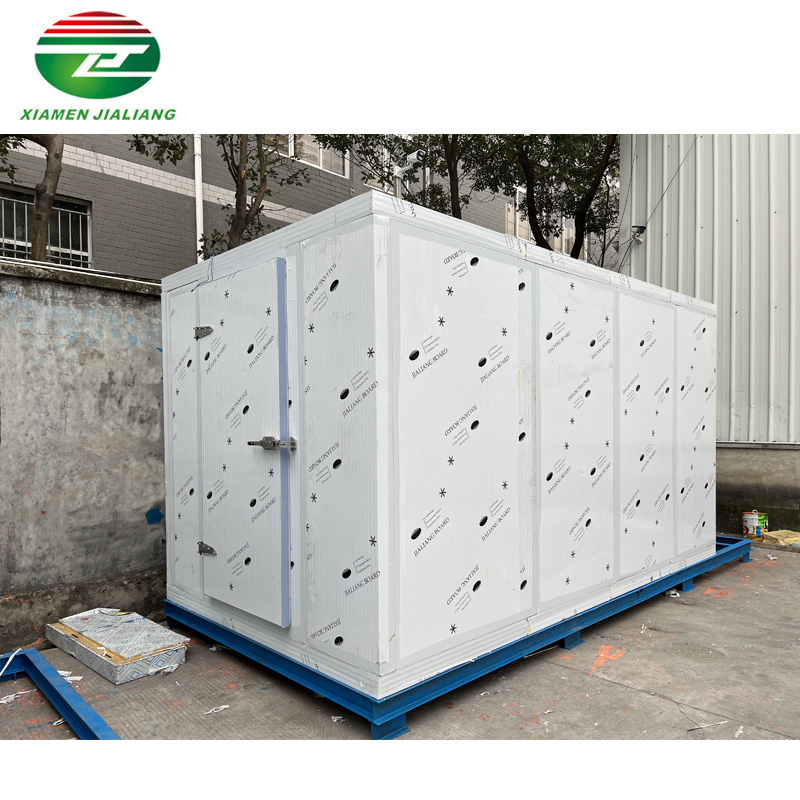What is a solar cold room?
Sustainable Food Storage Solutions for a Greener Future
1、What is a solar cold room?
A solar cold room is an innovative solution that utilizes solar energy to generate electricity. By installing solar panels, solar energy is collected and converted into renewable electricity. This electricity is used to power the cold room system, providing the required low-temperature environment for refrigeration and freezing storage.
2、Components of a solar cold room:
The components of a solar cold room include:
(1) Solar panels: Solar panels are the main component of a solar cold room system. They are installed at suitable locations in the cold room area to collect solar energy.
(2) Combiner box: The combiner box is the central control and connection point for the solar panels.
(3) Controller (charge controller): The controller manages the flow of electrical energy between the solar panels and the battery.
(4) Battery (energy storage system): The battery is the energy storage device for the solar cold room system. It stores the electrical energy collected by the solar panels and supplies it to the cold room system when needed.
(5) Inverter: The inverter is an important component in the solar cold room system. Its role is to convert direct current (DC) electricity into alternating current (AC) electricity.
(6) Condensing unit: The condensing unit refers to the electrical equipment in the cold room system, such as the refrigeration unit, fans, and lighting.
3、Challenges in the cold room industry and advantages of solar cold rooms:
Challenges in the cold room industry:
The cold room industry faces several challenges, with three key challenges being high energy costs, environmental impact, and energy supply instability.
Firstly, energy costs are a significant factor in cold room operations. Traditional cold rooms typically rely on conventional energy sources such as electricity or fuel, which often come at a high price. High energy costs negatively impact operational expenses, affecting profitability and market competitiveness.
Secondly, the environmental impact of the cold room industry is a challenge. Traditional cold room systems usually use conventional energy sources, which contribute to increased carbon emissions and exacerbate environmental issues.
Thirdly, energy supply instability poses a significant challenge to the cold room industry. Traditional energy supply may be affected by factors such as interruptions or fluctuations in energy supply. This instability poses a threat to the continuity and reliability of cold room operations.
Advantages of solar cold rooms:
solar cold rooms offer significant advantages in addressing these challenges:
(1) Energy efficiency and cost reduction: solar cold rooms utilize solar energy as the primary energy source, converting it into electricity to power the cold room system. Compared to conventional energy sources, solar energy is a renewable and cost-free resource that can significantly reduce energy costs and improve profitability.
(2) Environmental friendliness and carbon emission reduction: solar cold rooms use clean solar energy to meet energy demands, reducing reliance on fossil fuels. They do not generate greenhouse gases or other environmental pollutants, leading to a significant reduction in carbon emissions and a lighter environmental footprint.
(3) Stable energy supply: solar cold rooms convert solar energy into electricity through solar panels and store excess energy in battery storage systems. This provides a stable energy supply, ensuring continuous operation even during nighttime or cloudy conditions, thereby ensuring the continuity and reliability of the cold room.
(4) Sustainable development and corporate image: Adopting solar cold rooms demonstrates a commitment to sustainable development and environmental protection. The use of solar cold room technology enhances the environmental image of a business, meeting consumer and stakeholder expectations for corporate social responsibility and bringing positive brand value to the company.
In summary, solar cold rooms offer significant advantages in addressing the challenges faced by the cold room industry. They can reduce energy costs, minimize environmental impact, provide a stable supply of renewable energy, and meet the demands of sustainable development. solar cold rooms are an innovative solution that brings dual benefits of economic and environmental advantages to cold room businesses.
4、The lifespan of a solar cold room:
The lifespan of a solar cold room depends on several factors, including the quality of equipment, the quality of design and construction, maintenance practices, and the operating environment. Under reasonable conditions, a solar cold room can have a long lifespan.
Here are key factors that may affect the lifespan of a solar cold room:
(1) Equipment quality: Choosing high-quality solar panels, inverters, controllers, batteries, and other key components is crucial to ensure the long-term operation of a solar cold room. High-quality equipment generally has higher efficiency and longer lifespan.
(2) Design and construction quality: Proper design and construction are crucial for a solar cold room. Good design ensures system reliability and efficiency, while high-quality construction ensures secure equipment installation, reliable electrical connections, and compliance with relevant safety standards.
(3) Maintenance and upkeep: Regular maintenance is key to ensuring the proper functioning and longevity of a solar cold room. This includes regular cleaning of solar panels, checking battery status, maintaining inverters and controllers, etc. Following manufacturer's recommendations for maintenance and upkeep can prevent potential failures and damages. Solar panels and batteries are particularly vulnerable and require focused maintenance and care.
(4) Operating environment: The operating environment can also impact the lifespan of a solar cold room. Extreme climate conditions, high humidity, pollutants, etc., can potentially cause damage to the equipment. Selecting appropriate installation locations and implementing protective measures can reduce the impact of environmental factors on the equipment.
Generally, the lifespan of a solar cold room can range from 6 to 8 years. This estimation is based on the typical lifespan of batteries, which is around 6 to 8 years. However, it is only an estimate, and the actual lifespan depends on the interaction of multiple factors. Regular maintenance, timely repair of potential issues, and keeping the equipment in good condition can extend the lifespan of a solar cold room and ensure its proper operation and performance.
5、Considerations for solar cold rooms:
When using a solar cold room, it is important to keep the following considerations in mind:
(1) Select the appropriate size of the solar cold room: Ensure that you choose a solar cold room size that suits your needs. Consider the quantity and volume of items that need refrigeration or freezing and the required temperature range. Selecting the right size ensures that the solar cold room can meet your needs and make full use of solar energy resources.
(2) Consider installation location: Selecting an appropriate installation location is crucial. Ensure that the solar panels receive ample sunlight without being obstructed by shade. Choose a structurally sound location with sufficient space for installing solar panels and other equipment.
(3) Regular maintenance and upkeep: Regular maintenance and upkeep are critical for ensuring the proper functioning of a solar cold room. Regularly clean the solar panels, check battery status, maintain inverters and controllers, etc., to ensure they are in good working condition.
(4) Manage energy consumption: Proper management of energy consumption is essential for optimizing the performance of a solar cold room. Ensure that temperature control systems are set appropriately to avoid energy waste. Consider using energy-efficient refrigeration equipment and energy-saving technologies to reduce energy consumption.
(5) Consider backup energy supply: Although solar cold rooms rely on solar energy for energy supply, there may be challenges during cloudy days or nighttime. Consider incorporating backup energy supply options in the design, such as energy storage systems or backup generators, to ensure continuous energy supply.
(6) Seek professional advice: If you are unfamiliar with the installation and maintenance of a solar cold room, seek professional advice and assistance. They can provide expert guidance to ensure the proper installation and use of a solar cold room, meeting standards and achieving optimal performance.
If you would like to learn more about solar cold rooms, please contact us. Our website is www.coldroomchina.com.
